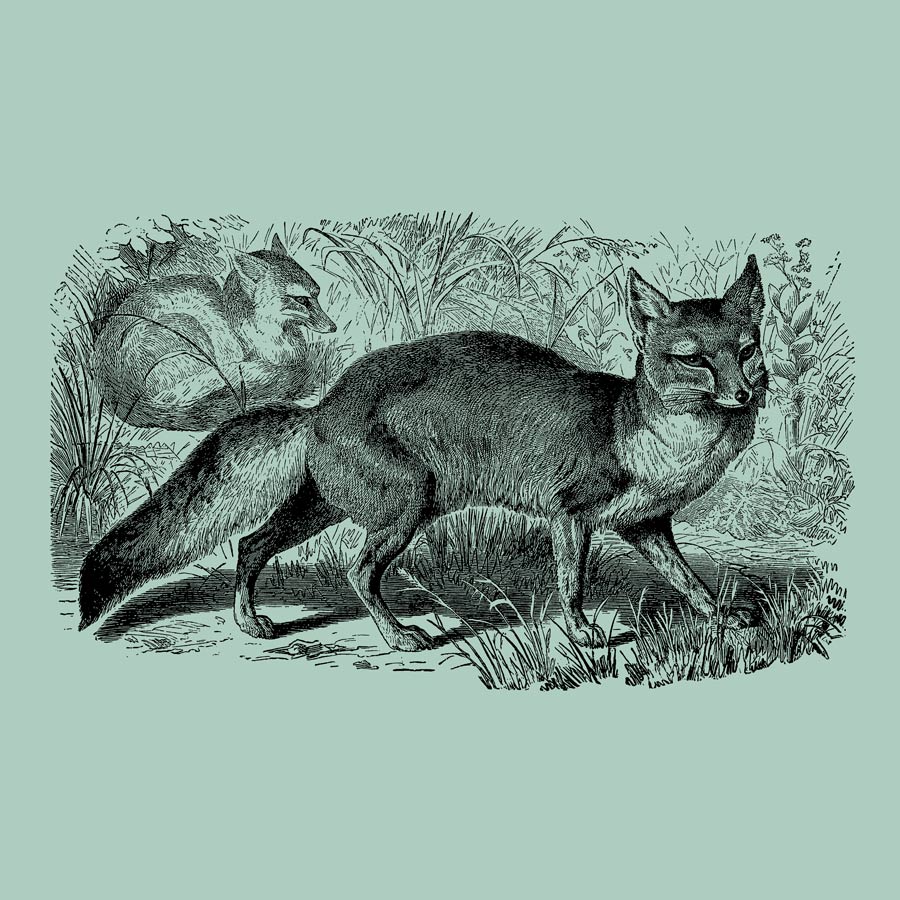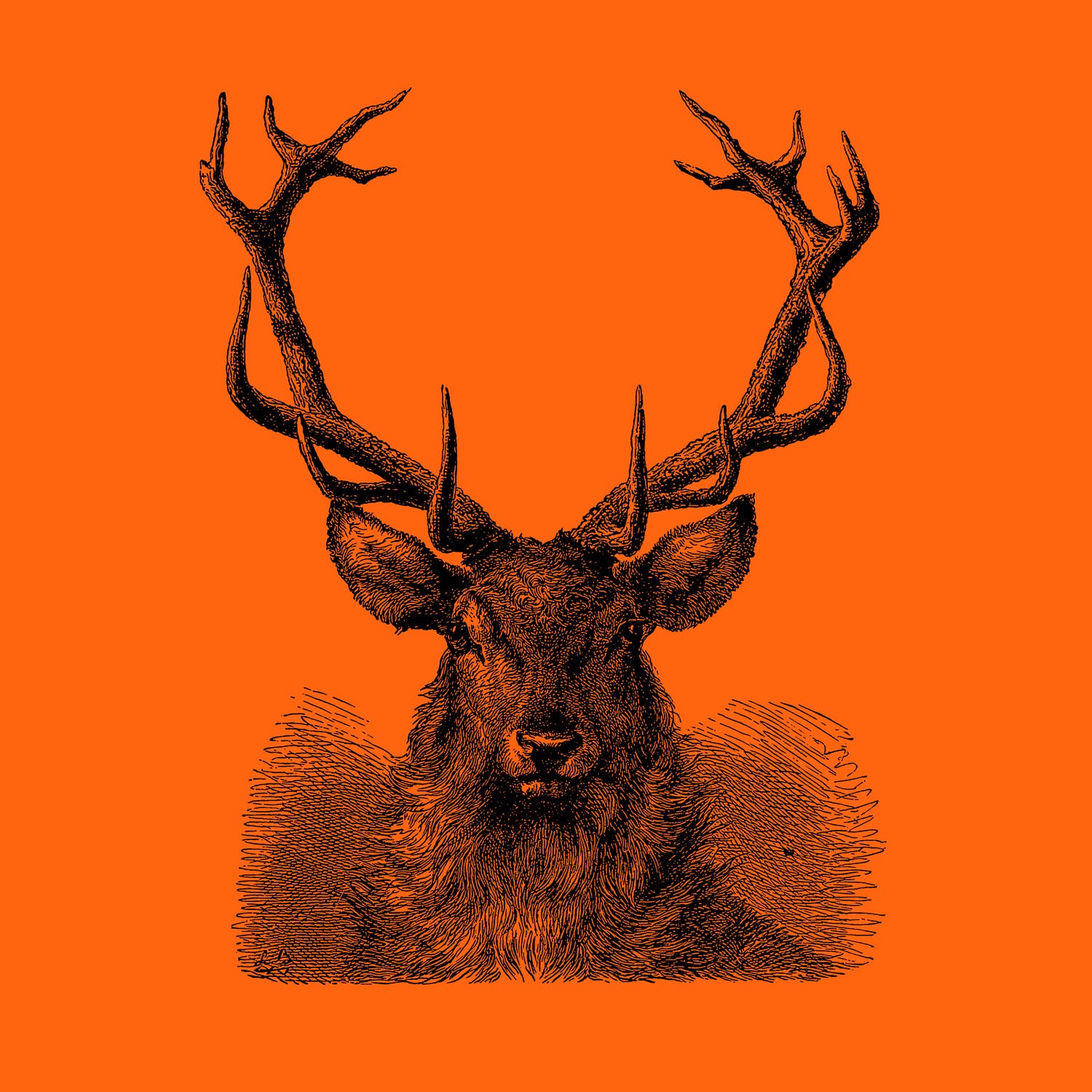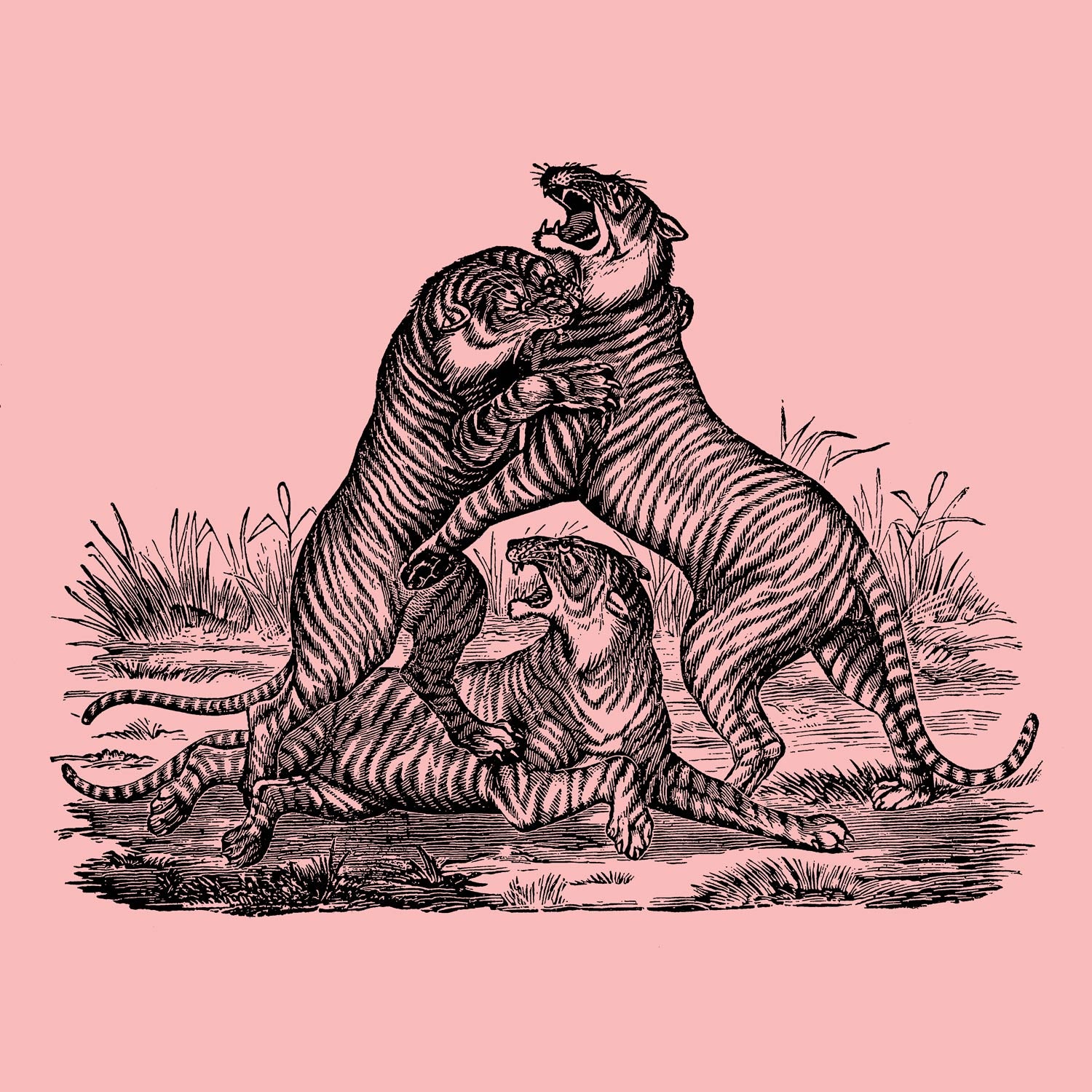We're working on a new image archive of animals, and we wanted to share some of the fantastic illustrations we're restoring. Read on to find out more about the red fox, and enjoy the characterful illustrations.

|
Foxes are very successful animal that lives on every continent except Antarctica. The most widespread species of fox is the red fox, with 47 recognised subspecies. Foxes typically live in small family groups, and a group of foxes is known as a skulk, leash, or earth. Some species, such as the Arctic Fox, are solitary.
Foxes are omnivorous mammals belonging to the Canidae family, which also includes dogs and jackals. Foxes live in tunnels, known as burrows or dens. These burrows provide shelter, food storage and a secure area to give birth. These tunnels will have several exits so the fox and its family can escape if a predator breaches the den.

|
Foxes are most active at night and use their excellent hearing and night vision to locate food. Some species of fox, such as the crab-eating fox, require specific diets, but for the most part, foxes are generalist predators. Their omnivore diet consists of insects (including earthworms and beetles), reptiles, birds, eggs and vegetation. They cache food to eat later, hiding it under soil, snow or leaves. Foxes can also survive on discarded food waste, contributing to their successful presence in urban environments. The lifespan of wild foxes is commonly one to three years, but they can live up to 10 years. Domesticated foxes can live up to 14 years.

|
Foxes have a place in folklore in many traditions around the world - in European folklore, they have a reputation for guile and cunning. Kuma Lisa (Godmother Fox) is a fox character in Bulgarian, Ukrainian and Russian folklore. She is a trickster whose antics cause suffering for her foil, a wolf named Kumcho Vulcho. In Japanese folklore, kitsune are foxes with unique supernatural powers that strengthen with age and include the ability to shapeshift into human form.

|





